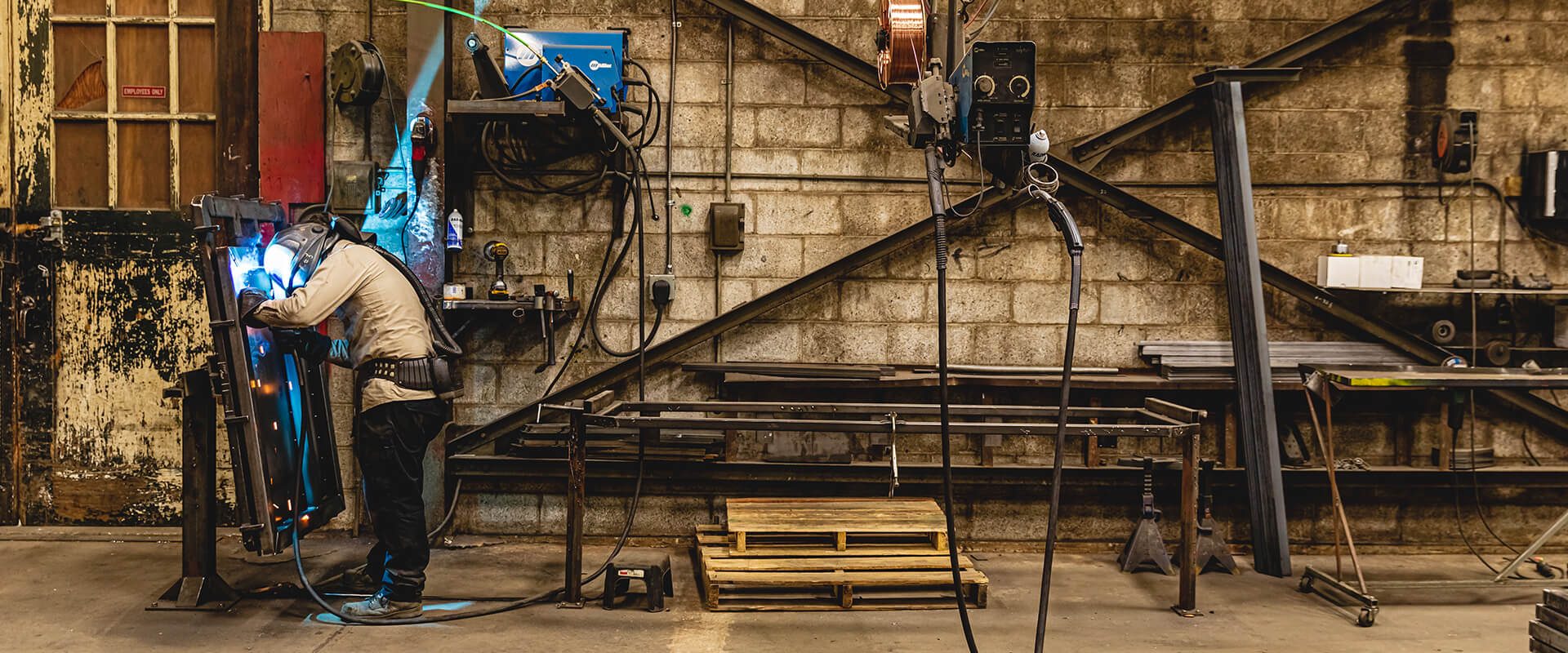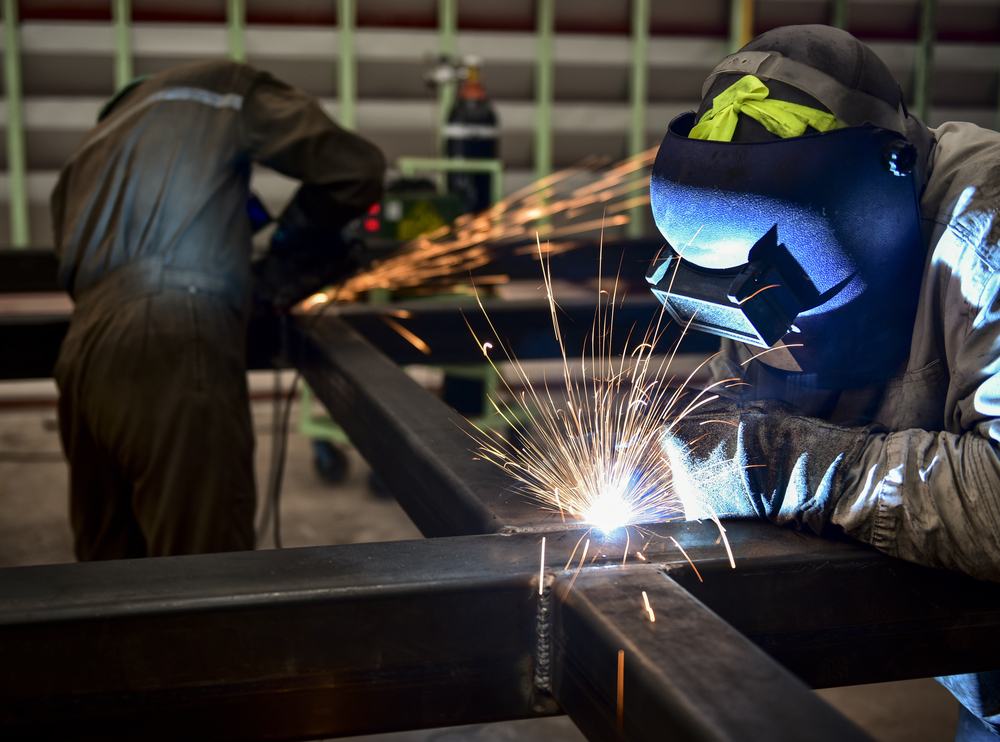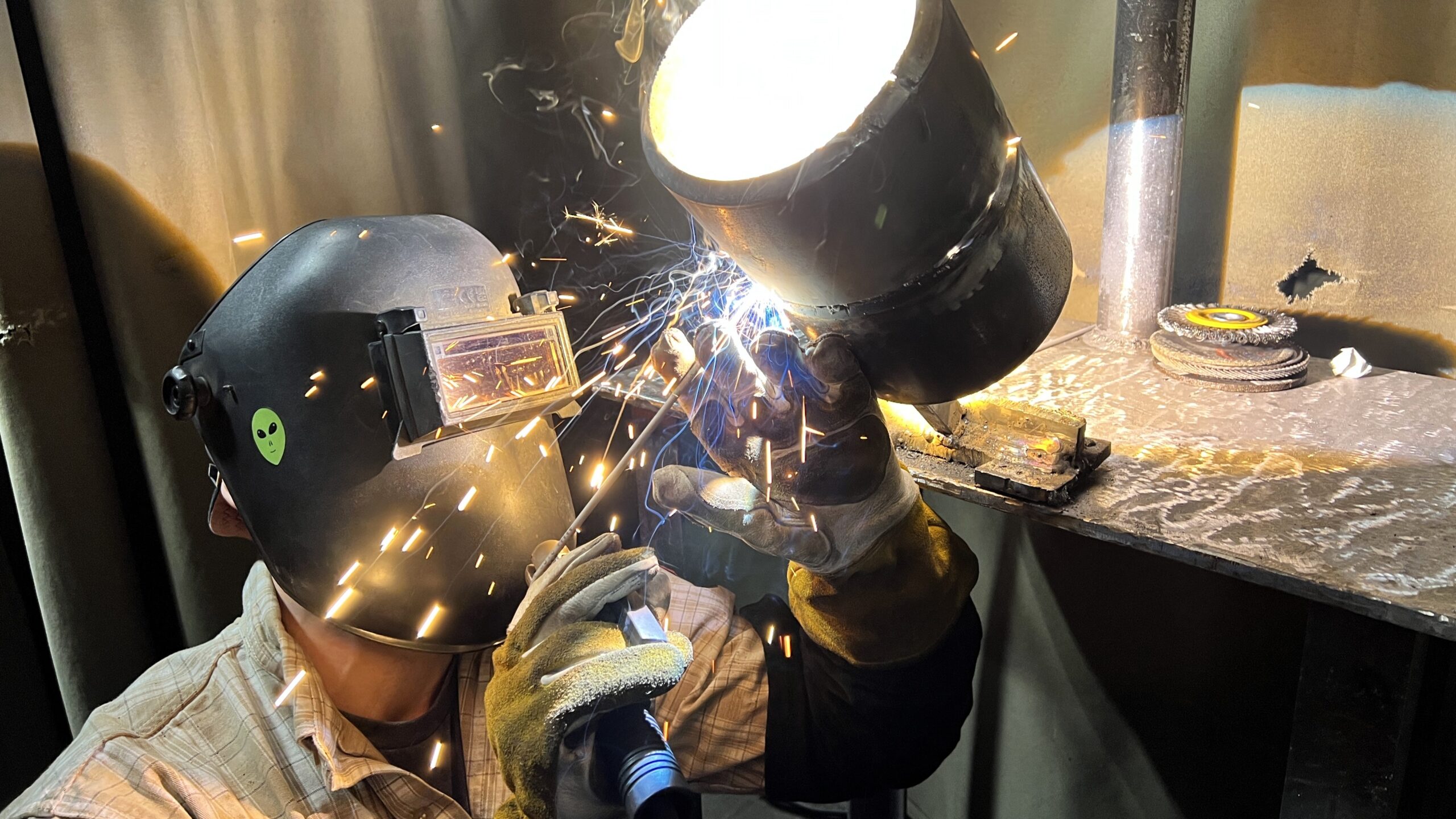Usual Welding Fixing Issues and Exactly How to Address Them Effectively
Welding repairs usually experience an array of issues that can threaten the integrity of the last product. Common issues include poor penetration, porosity, and misalignment, to name a few. Each issue offers one-of-a-kind obstacles that need particular methods for resolution. Comprehending these issues is vital for welders aiming to boost their results and abilities. This conversation will certainly check out these usual welding repair work concerns and effective techniques to resolve them.
Insufficient Infiltration
Inadequate infiltration happens when the weld metal fails to totally fuse with the base product, leading to weak joints and potential architectural failures. This concern often originates from inadequate warmth input, inaccurate electrode angle, or inappropriate welding speed. Welders may run into insufficient penetration due to a miscalculation of the essential specifications for a specific product thickness or kind. Additionally, contamination on the base material's surface can impede reliable bonding, intensifying the problem. To deal with insufficient penetration, welders ought to ensure proper setups on their tools and preserve a tidy work surface area. Normal inspection of welds is suggested to recognize any type of shortages early, enabling prompt adjustments and the avoidance of jeopardized structural integrity in bonded assemblies.
Porosity
Porosity is a typical issue in welded joints that shows up as tiny gas bubbles entraped within the weld metal. This issue can compromise the integrity of the weld, resulting in minimized stamina and possible failure under stress. Montana Mobile Welding and Repair Belgrade. Porosity typically occurs from contamination, moisture, or inappropriate welding strategies, which permit gases to escape into the liquified weld pool. To attend to porosity, welders should guarantee correct surface area preparation, maintain a tidy workplace, and make use of appropriate welding specifications. Additionally, picking the right filler material and protecting gas can minimize gas entrapment. Normal examination and screening of welds can help identify porosity early, ensuring prompt restorative activities are taken, thereby maintaining the quality and reliability of the bonded framework
Imbalance
Imbalance in welding can emerge from various variables, consisting of incorrect configuration and thermal development. Comprehending the origin is essential for efficient resolution. Several modification techniques are readily available to straighten elements and ensure structural stability.
Reasons of Misalignment
Welding imbalance usually originates from a selection of underlying concerns that can jeopardize architectural stability. One main cause is inappropriate fit-up of components prior to welding, which can bring about spaces and uneven surfaces. Variations in thermal expansion throughout the welding process can additionally lead to distortion, especially if the products being joined have different coefficients of development. Additionally, inadequate clamping and fixturing might stop working to hold elements securely in location, causing activity during welding. Improperly kept devices, consisting of welding machines and devices, may introduce variances in the weld grain, additional contributing to misalignment. Operator error, stemming from insufficient training or experience, can also play a substantial function in creating misaligned welds.

Modification Methods Available
Addressing imbalance successfully requires a combination of restorative techniques tailored to the certain concerns available. One typical method is the usage of jigs or components to hold components in the proper setting during welding, guaranteeing constant placement. In addition, preheating the products can aid reduce distortion and enhance fit-up. For significant imbalance, mechanical adjustment methods, such as making use of hydraulic jacks or clamps, can be used to fix the setting before welding. Post-weld heat therapy might also be necessary to relieve stresses caused by misalignment. Cautious inspection and modification during the configuration stage can avoid imbalance problems from becoming substantial issues, advertising a smoother welding process and boosting overall architectural honesty.
Distortion
Distortion is an usual difficulty in welding that can develop from numerous variables, including uneven cooling and heating. Comprehending the causes of distortion is vital for implementing effective avoidance strategies. Resolving this issue not just improves architectural integrity yet likewise enhances the total high quality of the weld.
Reasons of Distortion
When based on the extreme heat of welding, products frequently go through changes that can bring about distortion. This sensation mostly arises from thermal development and tightening during the welding process. As the weld location warms up, the product expands; upon cooling, it contracts, which can create internal anxieties. On top of that, irregular heating throughout a workpiece can worsen these tensions, causing bending or flexing. The kind of product likewise plays a significant role; steels with varying thermal conductivity and coefficients of growth may respond in a different way, leading to unforeseeable distortions. Bad joint design and poor fixturing can add to imbalance during welding, enhancing the likelihood of distortion. Understanding these reasons is vital for effective welding repair work and prevention methods.
Avoidance Techniques
Efficient avoidance techniques for distortion during welding emphasis on regulating heat input and ensuring proper joint layout. Maintaining a consistent heat input assists to lessen thermal expansion and contraction, which can result in distortion. Using methods such as pre-heating the work surface can also decrease the temperature slope, advertising uniform heating. In addition, picking ideal joint layouts, such as T-joints or lap joints, can enhance security and reduce tension focus. Carrying out appropriate fixturing to safeguard the work surfaces in position even more help in keeping positioning during the welding process. Staggered welding sequences can distribute heat extra uniformly, protecting against localized distortion. By applying these strategies, welders can greatly reduce the possibility of distortion cad welding and enhance the overall top quality of their welds.
Breaking
Splitting is a common concern run into in welding repairs, typically arising from various aspects such as incorrect air conditioning prices, material option, or insufficient joint preparation. The event of splits can greatly jeopardize the integrity of the weld, causing possible failings throughout operation. To resolve this concern, welders need to first analyze the origin, making certain that products are suitable and suitably picked for the specific application. Additionally, controlling the air conditioning price during the welding procedure is necessary; rapid air conditioning can cause tension and bring about cracking. Correct joint design and preparation additionally add to reducing the risk. Implementing these techniques can boost weld high quality and resilience, eventually minimizing the probability of cracking in ended up weldments.

Incomplete Fusion
A considerable problem in welding repair work is insufficient fusion, which takes place when the weld metal does not appropriately bond with the base material or previous weld passes - Montana Mobile Welding and Repair Belgrade Fabrication. This flaw can lead to weak points in the joint, possibly jeopardizing the integrity of the bonded framework. Factors contributing to insufficient combination consist of inadequate warmth input, incorrect welding technique, and contamination of the surfaces being signed up with. To address this concern successfully, welders should assure proper pre-weld cleaning and surface preparation, in addition to readjust their welding criteria to attain appropriate infiltration and combination. Routine examination during the welding procedure can also assist identify incomplete combination early, permitting prompt rehabilitative procedures to improve the overall quality of the weld
Overheating
While welding repairs can improve structural integrity, overheating provides a substantial challenge that can cause material degradation. Too much warm throughout welding can modify the mechanical homes of steels, causing decreased toughness, enhanced brittleness, and bending. This sensation is especially vital in high-stress applications where architectural dependability is critical. Identifying getting too hot can entail visual examinations for staining or distortion, along with checking temperature during the welding process. To mitigate the dangers associated with overheating, welders should use suitable methods, such as controlling warmth input, readjusting traveling speed, and making use of appropriate filler products. Additionally, implementing pre- and post-weld heat treatments can assist restore product residential or commercial properties and enhance the overall high quality of the repair, guaranteeing long-term efficiency and safety and security.
Regularly Asked Questions
What Are the Common Signs of a Welding Problem?

Just How Can I Check My Welds for Top quality?
To evaluate welds for top quality, one can make use of aesthetic inspections, ultrasonic testing, and radiographic approaches. Each method assures structural integrity, identifies problems, and validates adherence to defined criteria, ultimately enhancing the dependability of the bonded joints.
What Safety Preventative Measures Should I Take While Welding?
When welding, one need to focus on safety and security by dewalt welding table using suitable individual safety tools, guaranteeing proper ventilation, protecting flammable materials away, keeping a clean workspace, and knowing environments to stop flux core welding wire injuries and accidents.
Can I Fix a Weld Without Renovating the Entire Joint?
Repairing a weld without remodeling the whole joint is feasible, depending upon the damage (Welding). Strategies such as grinding, including filler product, or using a welding process can properly attend to certain imperfections while protecting the surrounding structure
What Equipment Are Vital for Effective Welding Services?
Necessary tools for effective welding repairs include a welding machine, cord brush, mill, protective gear, clamps, and filler products. Each tool plays an essential duty in making certain top quality and safety and security during the repair process. Porosity normally emerges from contamination, moisture, or improper welding techniques, which permit gases to leave into the molten weld swimming pool. Poorly maintained equipment, including welding makers and tools, might present disparities in the weld grain, additional adding to misalignment. When subjected to the extreme heat of welding, products commonly go through changes that can lead to distortion. Breaking is a common issue come across in welding fixings, often resulting from various elements such as incorrect cooling prices, material choice, or insufficient joint prep work. A significant issue in welding repair work is insufficient combination, which takes place when the weld metal does not sufficiently bond with the base product or previous weld passes.